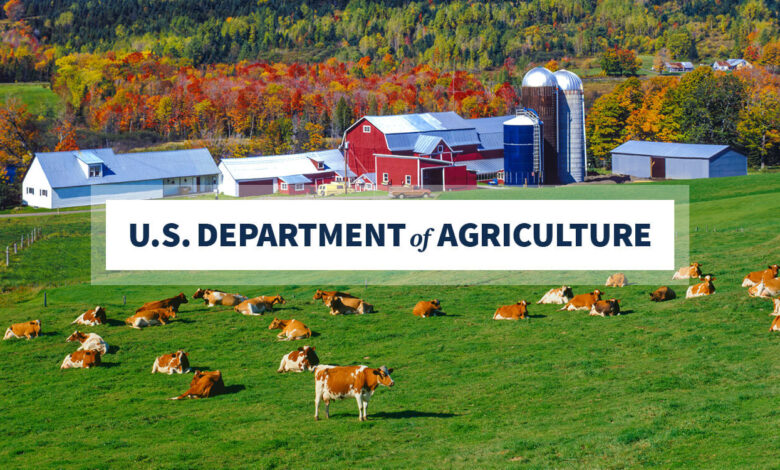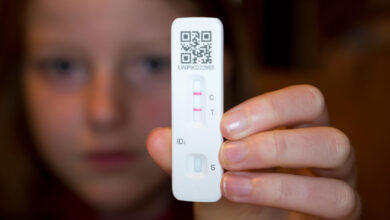Statement from Agriculture Secretary Tom Vilsack on the 2023 Household Food Security in the U.S. Report

WASHINGTON, Sept. 4, 2024 – Today, the U.S. Department of Agriculture’s Economic Research Service published its annual Household Food Security Report in the United States. The report shows that in 2023, while 86.5 percent of U.S. households were food secure throughout the entire year, the remaining 13.5 percent (18.0 million households) struggled with food availability, quality or variety at least some time during the year. Agriculture Secretary Tom Vilsack made the following statement regarding the report’s findings:
“The findings of today’s report are a direct outcome of Congressional actions that short-change our children’s future and erode the safety net that hard-working families rely on in hard times – whether that’s blocking expansion of the Child Tax Credit or doubling down to restrict access to the Supplemental Nutrition Assistance Program (SNAP). Policies like the expanded Child Tax Credit and Earned Income Tax Credit and enhanced SNAP benefits helped drive the poverty rate down to a record low of 8 percent in 2021. This is progress we should be working together to build on, not strip away.
Notably, food insecurity held steady from year to year among households with children. This tells us that programs to help feed kids work—including the National School Lunch Program, which gives many kids their healthiest meal of the day; the Special Supplemental Nutrition Program for Women, Infants and Children (WIC), which serves more than 6 million mothers, children and infants; and SNAP, which is our nation’s most powerful anti-hunger tool and one that more than half of food insecure households used last year—and they must be continued and strengthened. USDA will continue to encourage states to adopt the evidence-based SUN Bucks program, which launched in 2024 and helps feed kids in summer months when school is out and hunger rises. Bolstering participation in SNAP and fully funding WIC are also critical. The costs of not doing so are clear—we owe it to the next generation to give them the best possible start in life.
For anyone to go hungry in America is unacceptable. This report reaffirms that proposals to cut food assistance—including SNAP in the next Farm Bill—are misguided and out of step with the reality working families face.”
#
USDA is an equal opportunity provider, employer, and lender.


